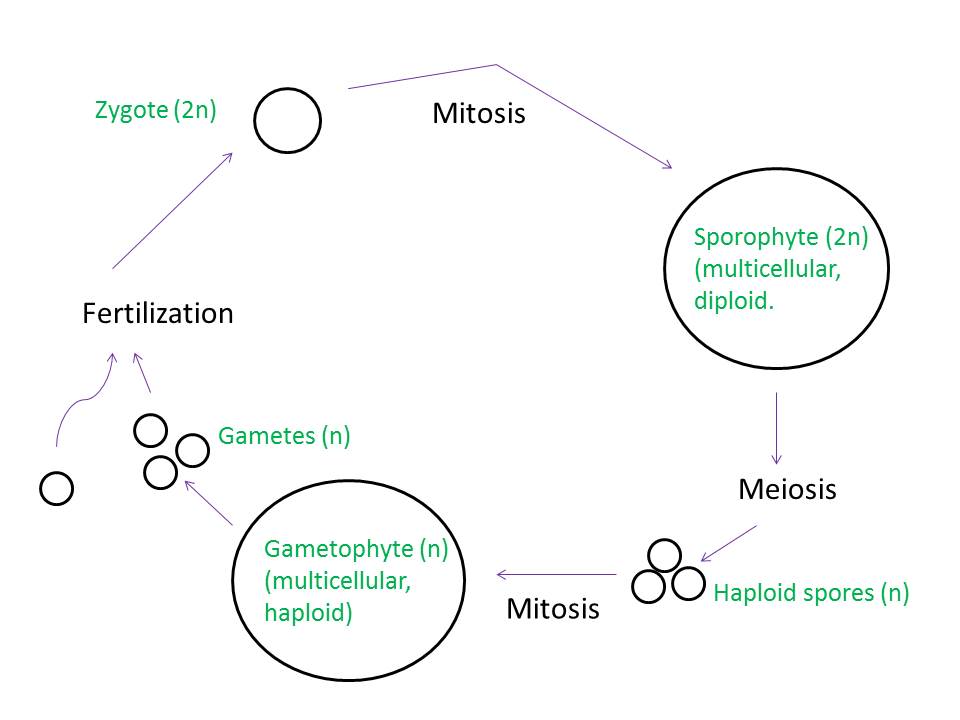Reproduction:
Primula obconica is classified as an angiosperm which means it reproduces via alternation of generations. Alternation of generations means that individuals produce gametes and spores separately.
Pollination -> Fertilization -> Germination -> Growth -> Reproduce

In Primula obconica, cross-fertilization is necessary for reproduction. This means that pollen from one flower must be transferred to a completely different flower for proper fertilization to take place. The Poisonous Primrose relies on its extraordinary colors to attract pollinators. The most common pollinators for this flower include bees, butterflies, and flies. To avoid self-fertilization, in the Poisonous Primrose, the stamens, highly modified fertile leaves, and stigmas occur at different levels. In some situations, the anthers may be high and stigmas low or anthers low and stigmas high (Capon, 1990). Visit the Bombus affinis (the Rusty-Patched Bumble Bee) to learn about how this organism helps the Poisonous Primrose with reproduction.
ALTERNATION OF GENERATIONS:
Primula obconica's pollen grains are used to move sperm from one flower to the stigma of another flower. Once a pollen grain comes in contact with the stigma, a pollen tube beings to form. The pollen tube grows along the inner ovary wall. While this is happening, two sperm find their way to the center cell to the ovary. Once the sperm and egg meet up, a diploid (2n) zygote is formed. The second sperm fuses with an additional two nuclei to from a triploid (3n) cell which eventually forms the endosperm. The endosperm is used as a food-storage tissue. This process involving two sperm cells is know as double fertilization.
The zygote then goes through the process of mitosis to produce a sporophyte (2n). In the anther, the sporophyte goes through meiosis to generate haploid spores. These spores undergo mitosis to form a multicellular, haploid (n) gametophyte (Capon, 1990). This process is depicted in Figure 1.

Figure 1.
Alternation of Generations
Bertholletia excelsa
(the Brazil Nut) is another organism that
reproduces via
alternation of generations.
![]()
Primula obconica
has many friends and foes.
Click here to see how it interacts with others!!!
Back to the home page.
